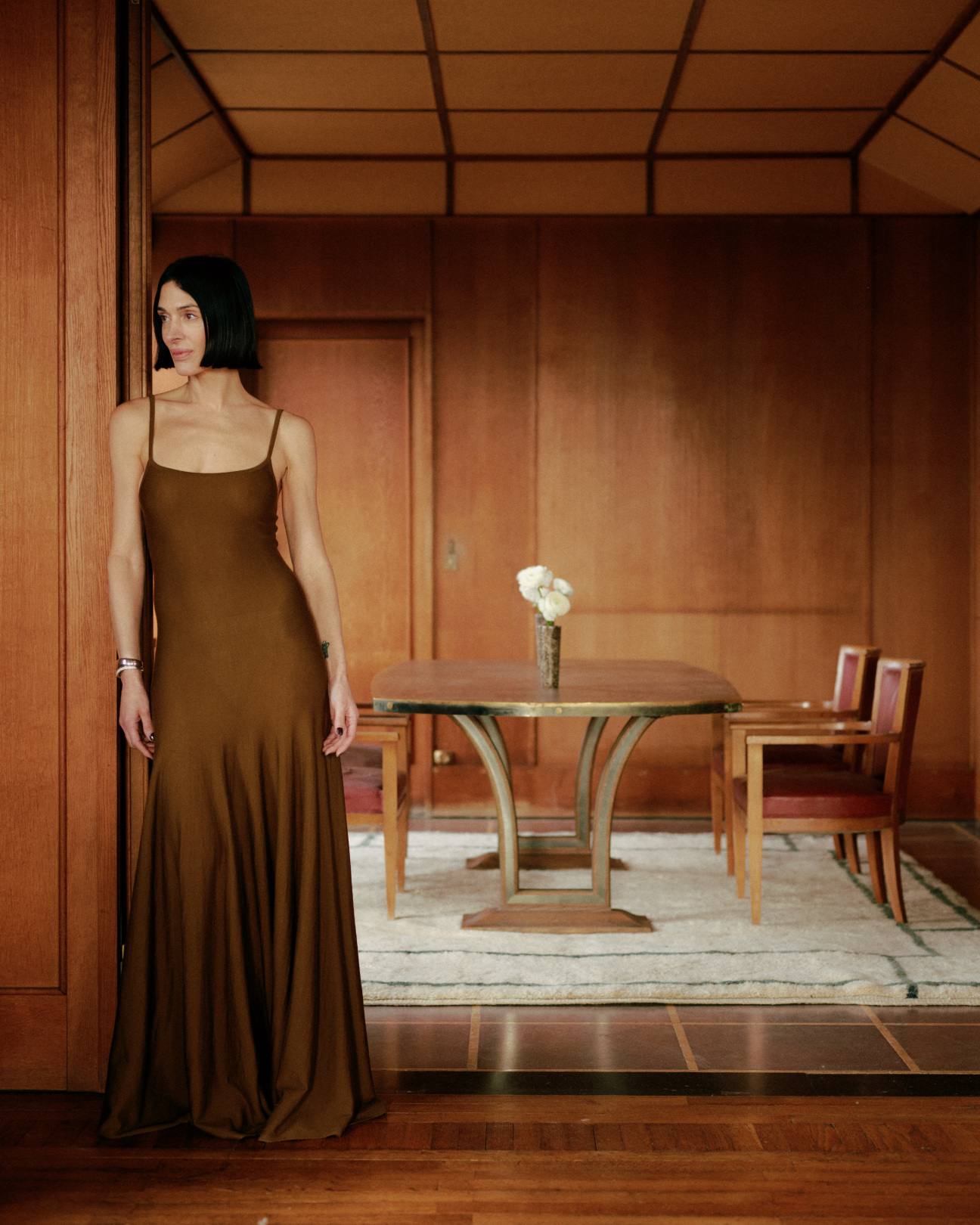
When interior designer Athena Calderone moved into her new Tribeca loft, the former home of architect Thierry Despont, the first thing she noticed was the dark wood paneling. The rich architectural feature was a 1920s addition to the 1908 building, and spawned in Calderone a fascination with the Art Deco period it evoked.
She got on a plane to Paris, then to Vienna, where she took in a surplus of inspiration before sending sketches for a rug collection to Beni, a heritage brand based out of Morocco. “Salon”—which consists of 13 geometric, low pile rugs—is the second collaboration between Calderone and Beni, and marks a new direction for the designer, inspired by her Manhattan home (which will be completed next year) and extensive travels. From her sumptuous loft, the creative sat down for a chat with CULTURED about where her explorations have led her, and what comes next.
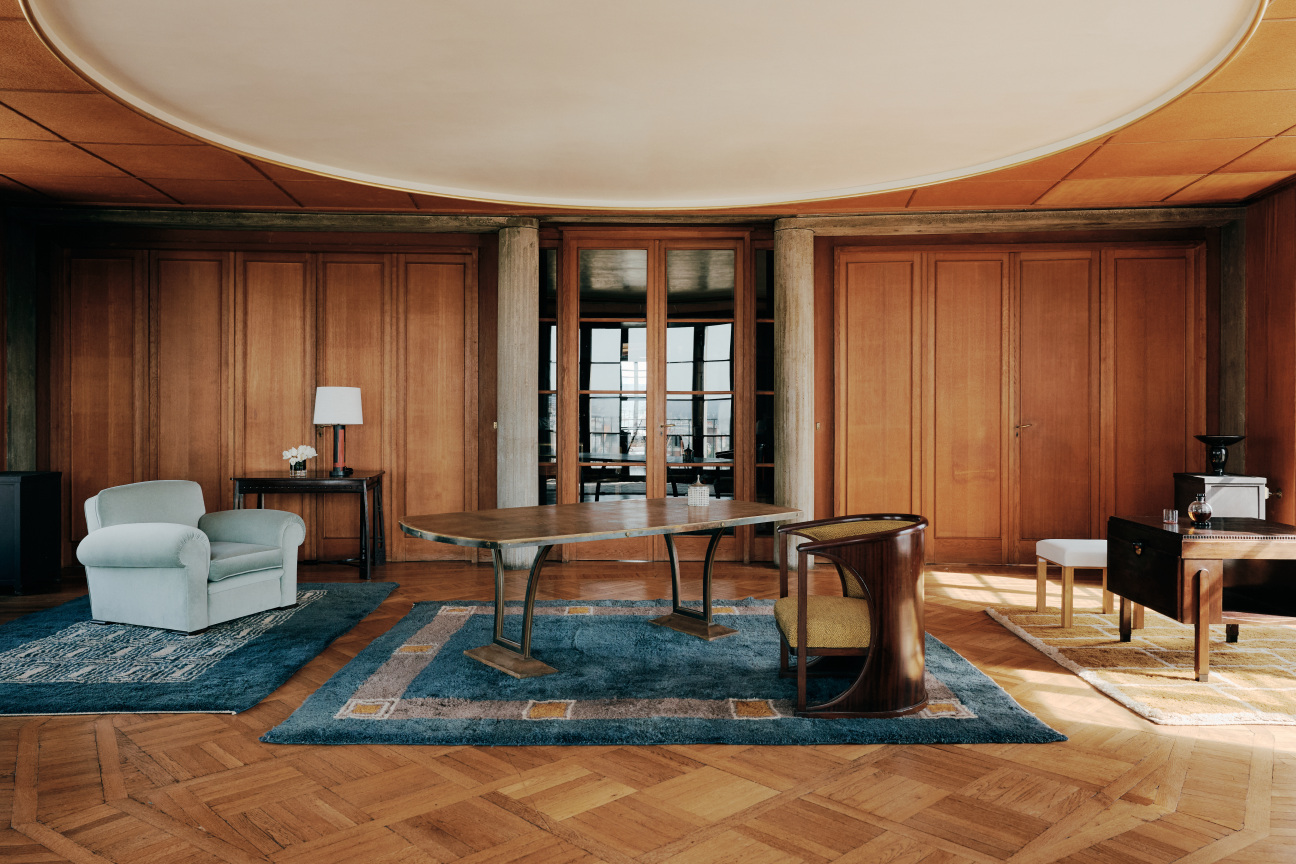
CULTURED: What drew you to an Art Deco or Viennese Secession style for this collection?
Athena Calderone: I feel as though, as a designer, I’m really always looking to find ways to not only self-educate but sometimes put myself in a place of newness, and oftentimes uncomfortability, to explore something that feels new and fresh for me. The apartment I’m living in right now is very much inspired by my love of Art Deco. It has the bones of the Art Deco movement and this rich, dark wood paneling. When I first moved into the apartment, I’d never been to Vienna. I didn’t know all that much about the Viennese Secession, but when I walked into this apartment, I just felt a calling to go to Vienna.
Travel has very much helped me approach design from a more nuanced perspective. I went to Paris and then to Vienna then back to Paris, really with the sole purpose to just educate my eye. So often, the fast-paced life that we live right now, always [has] a schedule and commitments. I really carved out this time for myself as a designer. William Jess Laird shot our [Beni collection] photography in Paris.
I’ve been living in this apartment for the past year and I’ve been living in it empty: only with the sofa and a mattress. [Going] to travel and inform myself and educate myself in Art Deco, I kind of did the same by living in this empty shell, just living in the bones. I wanted to see, from this place, what can be born.
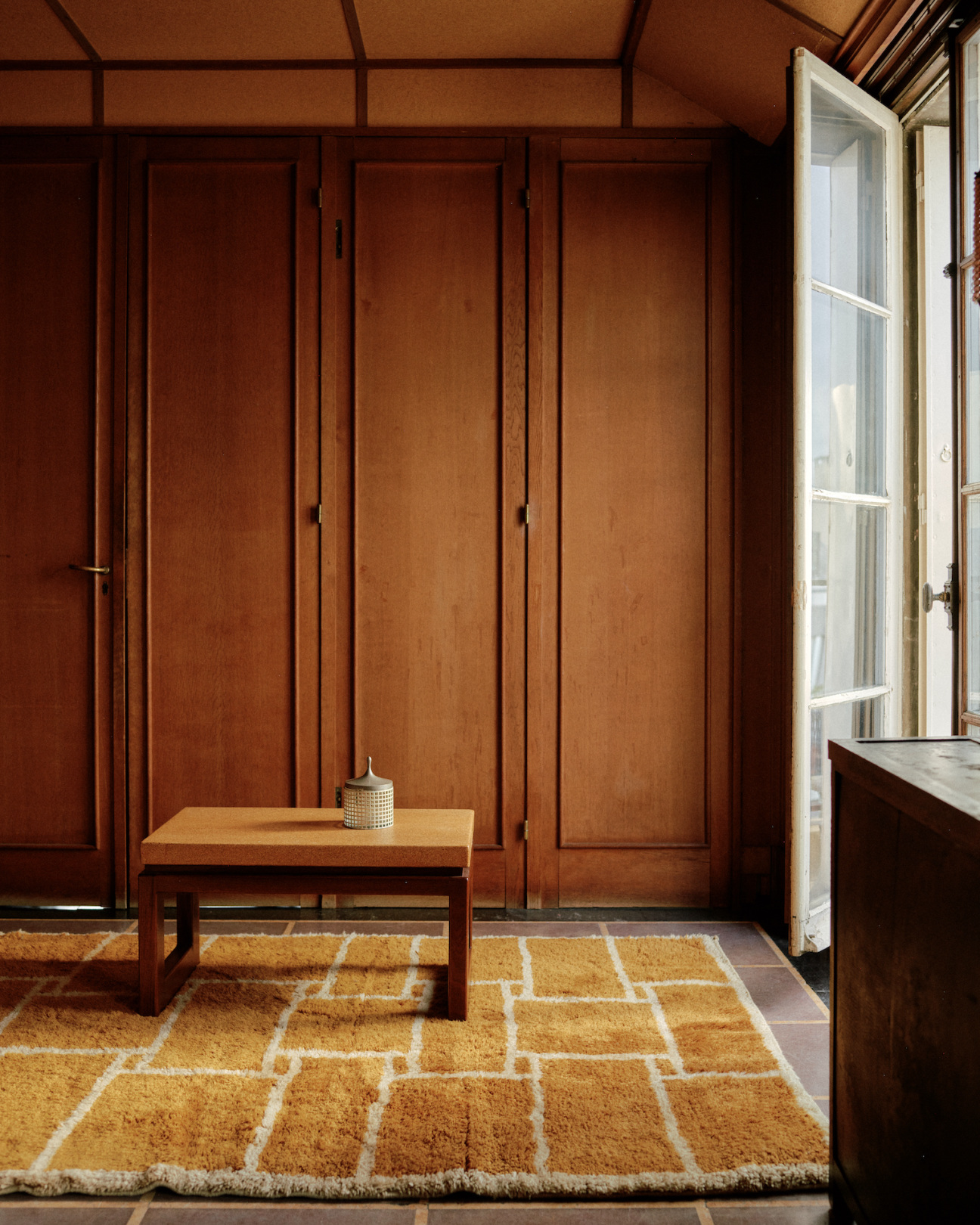
CULTURED: Have you spent any time in Morocco, where Beni rugs are from?
Calderone: Yeah, the first time I ever went to Marrakech was also at this interesting inflection point in my career. I attribute Marrakech and Morocco to so much of my love of design because I didn’t grow up super cultured and very traveled, and I was quite young the first time I went to Marrakech. Morocco—with its texture, and patina, and scent, and new flavors—just allowed me to see the world and see design in a completely different way. It does feel like this very full circle moment, probably 20 years later from the first time I went to Marrakech, working with the Beni team.
CULTURED: On a larger scale, how do collaborations like this one fit into your practice?
Calderone: As a whole, collaborations are a huge part of what I do. Product design has really been where I’ve been most focused. Finding the right creative collaborator is really important to me and I feel like we speak the same design language, Robert [Wright] and Tiberio [Lobo-Navia] and I. For the future of my business and Studio Athena Calderone, I’m definitely leaning more into product design and within the next year, alongside the finished renovation of my Tribeca apartment, I will launch my own bespoke furniture collection.
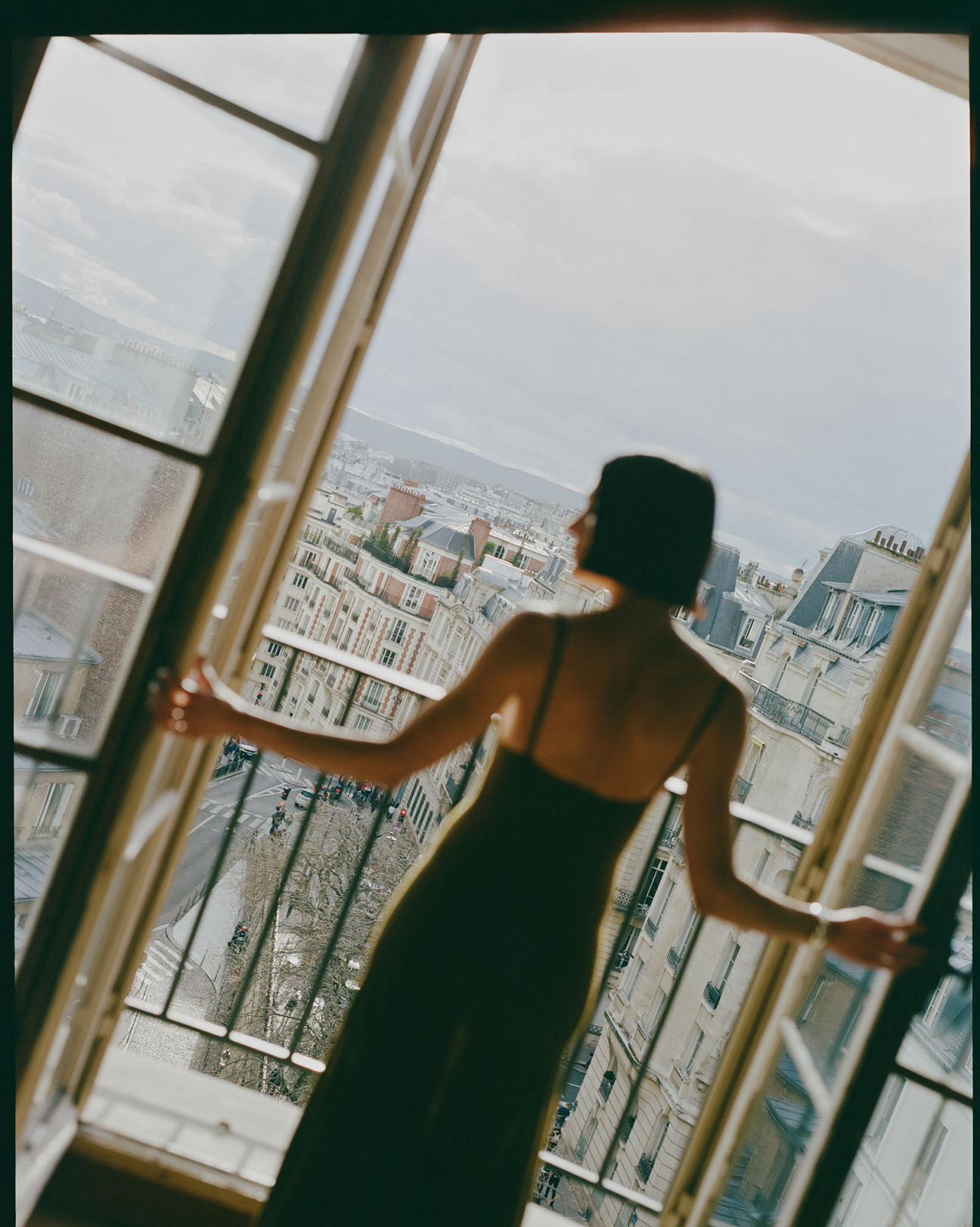
CULTURED: You said in your home, you took in the empty space. Is that your typical process?
Calderone: Moving into this space and living in it empty was not something that I’ve ever done before, but it just felt right knowing I was about to undergo a renovation. I wanted to see the space and better understand what was needed here before I put my stuff in it. My first process is usually I do a deep dive, pulling inspirational references. I love to make things tactile and put them out and up on a board and start to see overlapping patterns. So many of us have gotten so used to being on our computers and on Pinterest, but I’ve really been investing in vintage books. When I get stuck and I’m uncertain where I’m going to go in my design journey, just stopping and sitting on the floor and looking through books has been really fun.
CULTURED: Where are you sourcing your vintage books from?
Calderone: I got some at TEFAF last year. There was a booth of vintage books, but I’ve gotten some at the Strand. I’ve even ordered someone on 1stDibs. Paul Dupré-Lafon is a huge inspiration of mine for the form of all of his pieces, but the materiality as well, the way he used parchment often, and leather and brass details. I bought a vintage book of his that really has informed a lot of the pieces in this home.

CULTURED: How do you envision this rug collection in your space?
Calderone: There’s two rugs in particular. I have one called The Leopold, and it’s this deep oxblood color. There’s something really beautifully intricate about the line work. It’s very, very thin lines that are framing the rug. There’s something that feels so elegant and restrained about that rug. The other one is called Deco, and it’s this silvery blue base. It also has a frame around it with geometric squares, also in red oxblood. There’s something about that icy blue with the richness of red that speaks to the period so much, but it also reverts back to my travel.
When I was at the MAK Museum in Vienna, there was this marble on the wall. The pattern for the rug is the way that the marble was framed on the wall. In the same day, I went to the Albertina Museum in Vienna and I was in this room that was so over the top. It had this silver silk brocade on the walls, like 30-foot ceilings all wrapped in this beautiful, silvery blue brocade. Then, there was this very small pencil sketch of a Madonna and the matte around the piece of art was this oxblood red. I just put these two ideas together after being receptive and open to seeing new color patterns. To me, that’s the magic of design. Smack two things together that feel very separate, but somehow in your mind feel fused together.


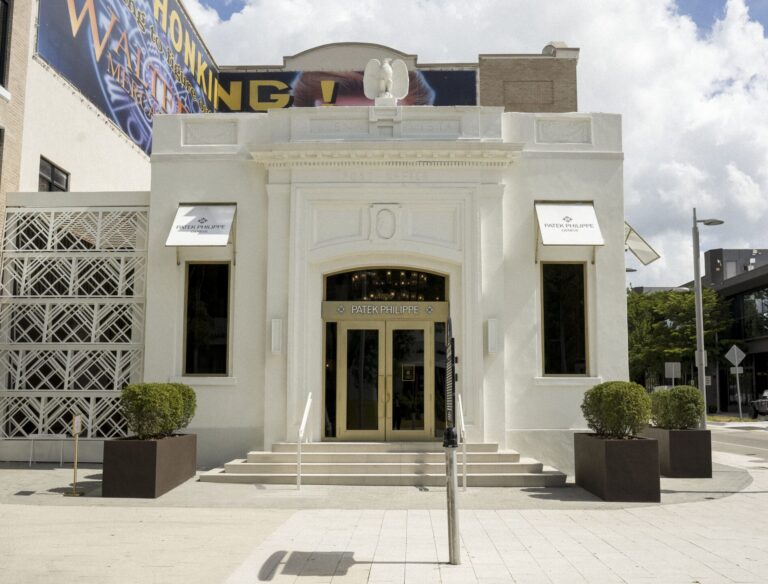
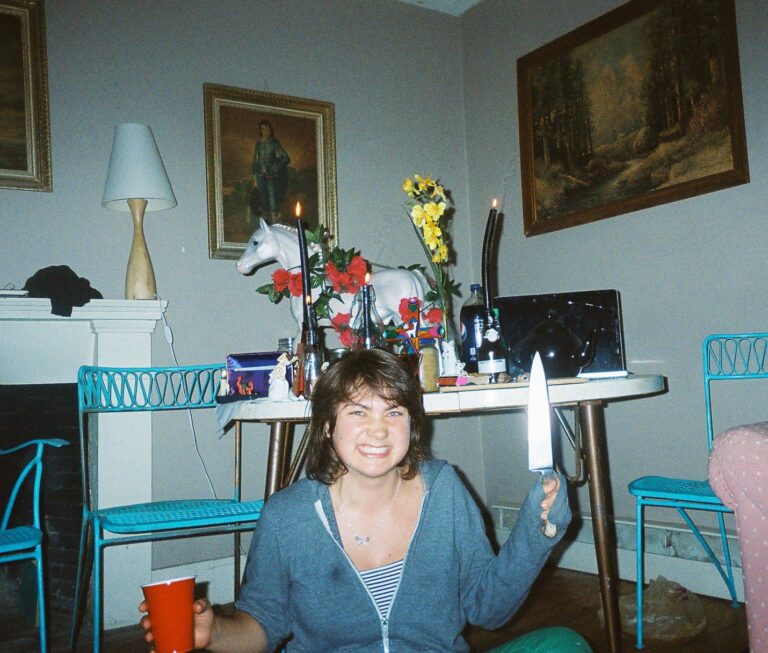






 in your life?
in your life?

